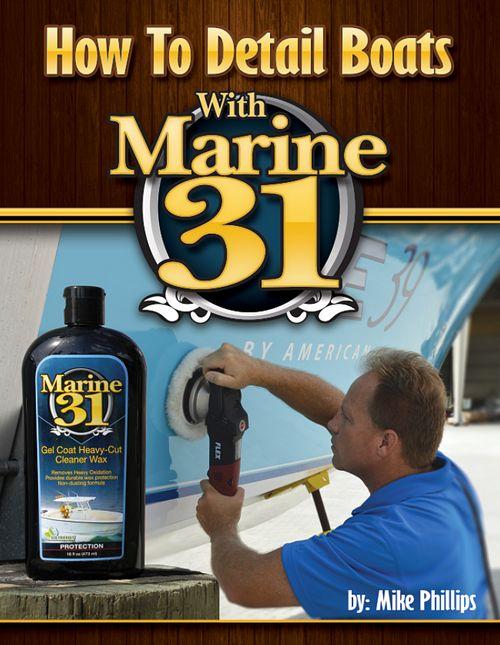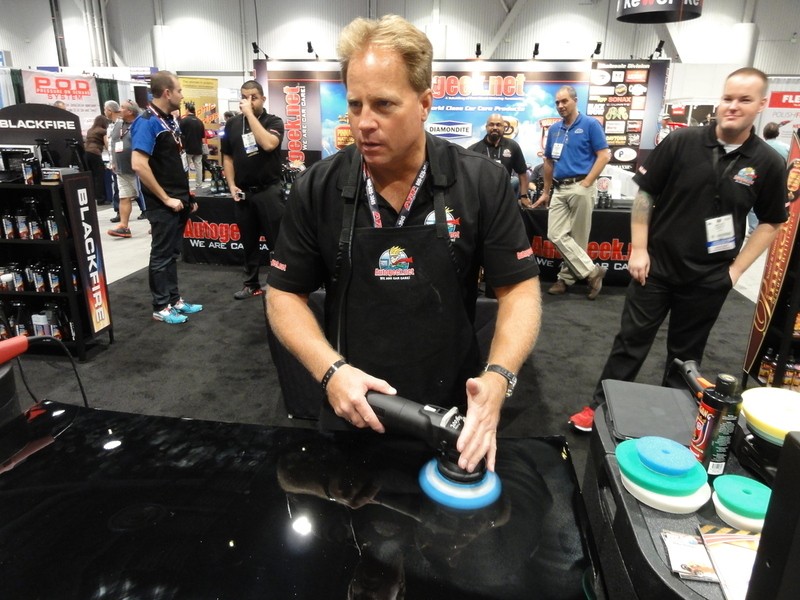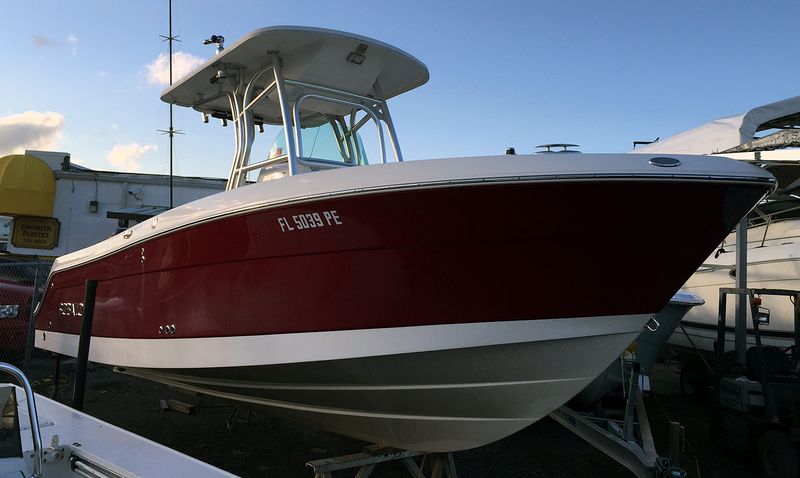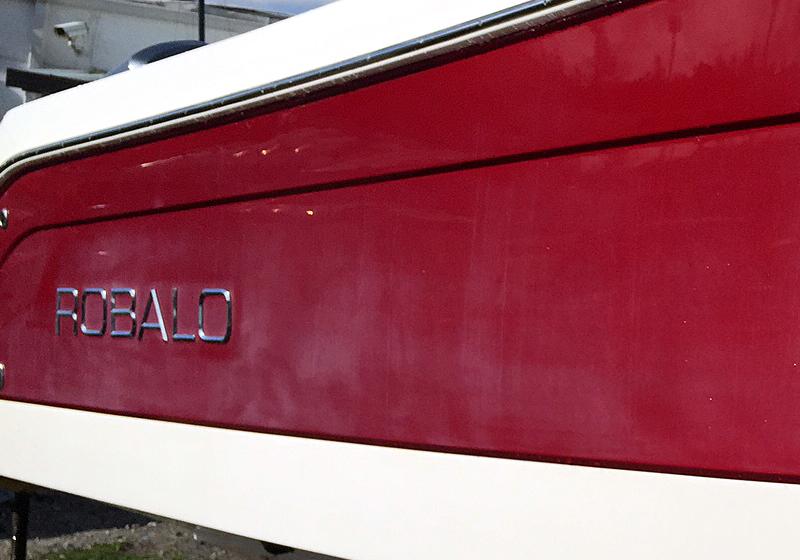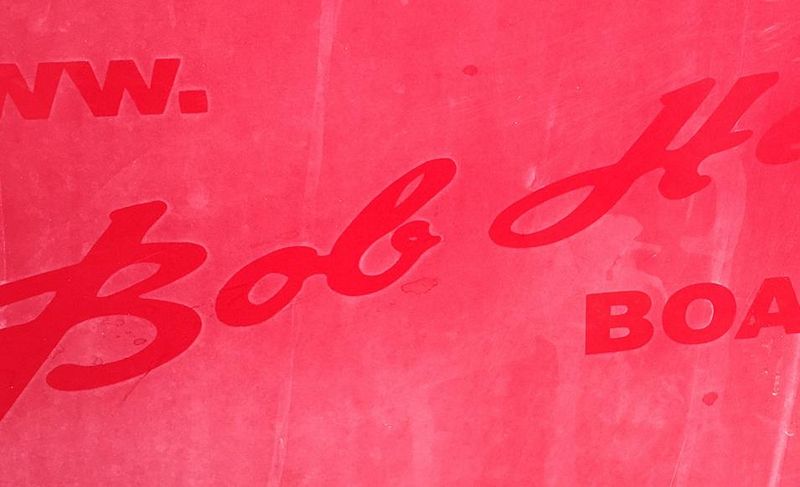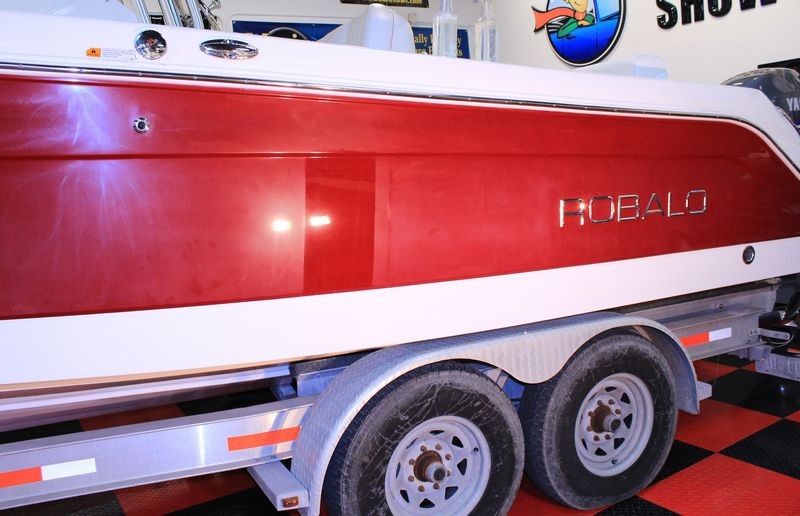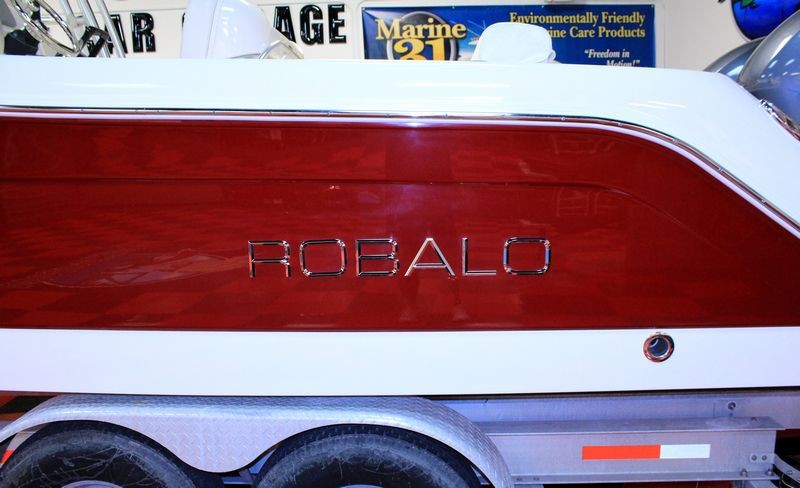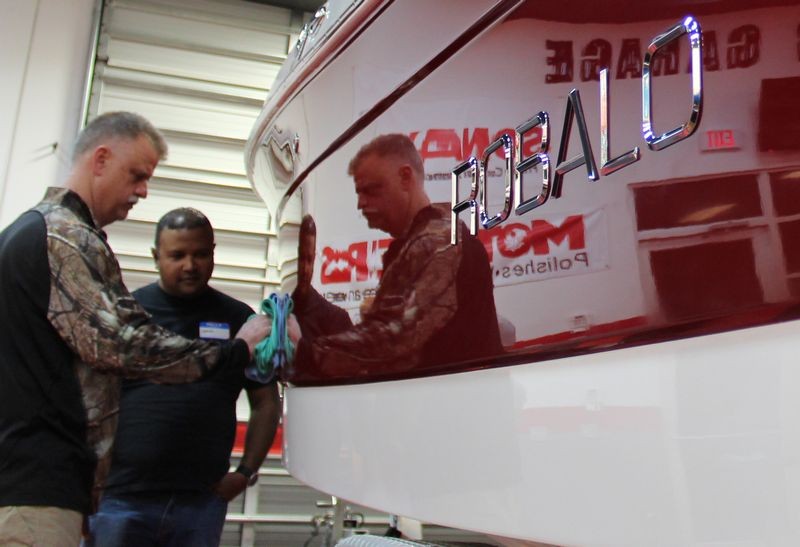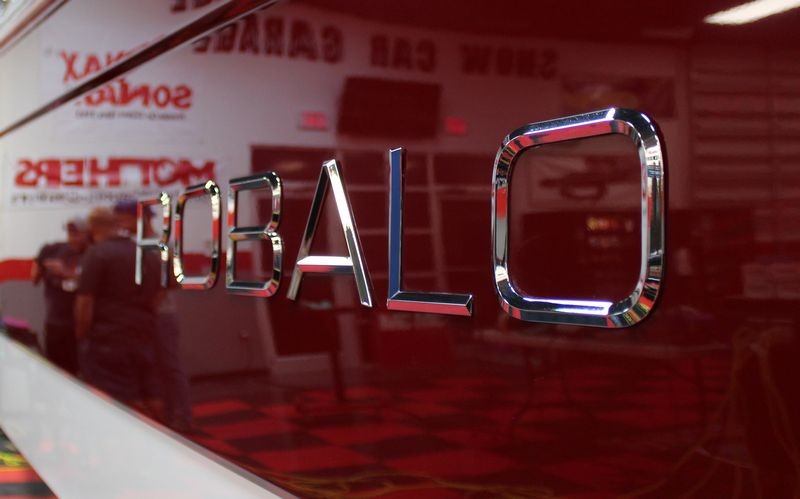Polishing gelcoat makes it go dull - what am I doing wrong?
I'm fairly new to polishing boats and hit upon a curios problem. I'm hoping that some of your experience might throw some light onto what I'm doing wrong.
I've been using a Makita rotary with a heavy wool pad and Presta Super Cut Compound and parts of the boat have come up beautiful. In fact, it looks like it doesn't need any further work but I'm aware that you'd probably see swirl marks under certain light, so I thought it would be best to finish off with some light polishing.
For this I've used a Makita DA (Orbital) with a Lake Country soft green and blue polishing pads and Presta Ultra Polish. This is where the problem starts...
instead of increasing the depth of shine, it's doing the complete opposite, in some areas, it has made the gelcoat completely dull so there was no reflection at all and giving a frosted appearance.
In order to remedy this I've got the Rotary and compound out again, even so, that hasn't brought it back up to where it was originally.
I first noticed it when the Oribital was in "forced rotation" mode and I thought that perhaps I'd scorched the gelcoat so I repaired what I'd done then tried it in "Free spinning" mode but it did the same thing, though not quite so bad so there could be a clue there.
It hasn't happened on all areas, some parts are fantastic, no swirl marks and mirror like finish, so I'm pretty confused about what's causing it. I've stopped using the Oribtal now until I can figure out what's going on.
These are the things I'm thinking...
If someone would be kind enough to share the benefit of their experience, I'd very much appreciate it. I'd like to put that Orbital to good use.

I'm fairly new to polishing boats and hit upon a curios problem. I'm hoping that some of your experience might throw some light onto what I'm doing wrong.
I've been using a Makita rotary with a heavy wool pad and Presta Super Cut Compound and parts of the boat have come up beautiful. In fact, it looks like it doesn't need any further work but I'm aware that you'd probably see swirl marks under certain light, so I thought it would be best to finish off with some light polishing.
For this I've used a Makita DA (Orbital) with a Lake Country soft green and blue polishing pads and Presta Ultra Polish. This is where the problem starts...
instead of increasing the depth of shine, it's doing the complete opposite, in some areas, it has made the gelcoat completely dull so there was no reflection at all and giving a frosted appearance.
In order to remedy this I've got the Rotary and compound out again, even so, that hasn't brought it back up to where it was originally.
I first noticed it when the Oribital was in "forced rotation" mode and I thought that perhaps I'd scorched the gelcoat so I repaired what I'd done then tried it in "Free spinning" mode but it did the same thing, though not quite so bad so there could be a clue there.
It hasn't happened on all areas, some parts are fantastic, no swirl marks and mirror like finish, so I'm pretty confused about what's causing it. I've stopped using the Oribtal now until I can figure out what's going on.
These are the things I'm thinking...
- am I using too much polish and everything got clogged, but why would that make the gelcoat unreflective and frosted looking? Also the foam pads were fresh on and I'd only been using them for a few minutes.
- is the dual action orbital speed too high/low? I used around 3000 OPM.
- I'm in South Florida, so I've even questioned whether the humidity was causing problems. I've noticed that when it's humid, it can be quite hard to polish off residual polish with a microfibre cloth.
- I don't think the pads were too hard since they're good pads and designed for light polishing (blue/green Lake Country flat pads).
- was I putting too much pressure on the orbital in forced rotation mode and it burned/damaged the gelcoat, so I switched to free spinning and it did the same thing, but not quite so bad.
If someone would be kind enough to share the benefit of their experience, I'd very much appreciate it. I'd like to put that Orbital to good use.
